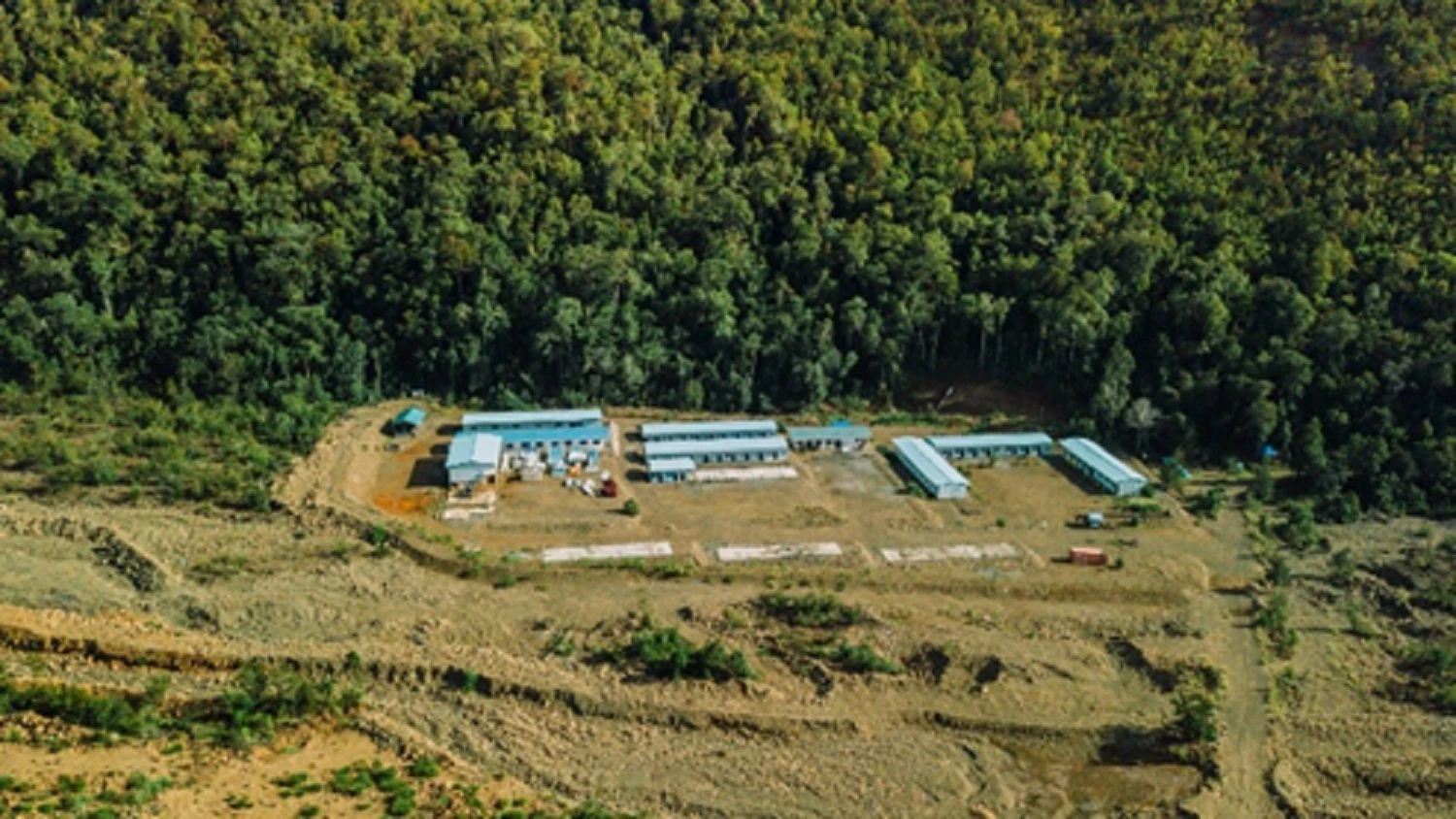Insights on Nickel Mining Companies

Nickel mining is a multi-billion dollar industry and the operations of nickel mining company and nickel manufacturers – quite literally – power the globe. Nickel is a silvery-white, hard, malleable, and ductile metal. It is a good conductor of heat and electricity and it has a melting point is 1453 °C and boiling point is 2913 °C. Nickel is a radioactive metal, making it toxic and harmful to life.
It is used mainly to make stainless steel and other alloys stronger and better able to withstand extreme temperatures and corrosive environments. Over 70% of produced nickel resources goes into the production of stainless steel, with the remainder going into casings, other alloys, and batteries. Due to its outstanding physical and mechanical properties, nickel is used in a wide range of end-use sectors such as construction, engineering, metal goods, electronics, and transporation.
Nickel resources can be found in over 25 countries around the world with the largest reserves found in Russia, Australia, and Indonesia. The Philippines is one of the countries in the world rich in mineral resources such as nickel; and this can reap tremendous benefits for the economy and its people if the nickel mining companies strictly adhere to responsible and sustainable practices. With this industry providing jobs and spurring the economic growth of mining communities, it is crucial for the government’s policy decisions on this sector to be aligned to facts and science.
According to the Nikel Institute socio-economic data on nickel show the importance of industries throughout the nickel value chain, from nickel mining to nickel mining, through end use to recycling. The data quantify important metrics, such as employment or value added benefits. They also serve as the basis for modelling the positive and negative impacts of, for example, market developments or regulatory initiatives.
In Europe, a socio-economic assessment was done for 12 of the most relevant economies where significant nickel production or use occurs. In these countries, the total value added by the nickel mining companies and its value chains is estimated to be €43 billion. In addition, the output generated by nickel and related industries is around €130 billion, implicating around 750,000 jobs which depend directly or indirectly on nickel (source: Nikel Institute, reference year 2017). Globally, the nickel value chain supports large numbers of jobs, many of which are high skill nickel manufacturing occupations.
In the Philippines it is estimated that nickel mining companies could generate up to 80 billion pesos ($1.6 billion) in taxes and royalties annually once commercial nickel mining operations begin. The Philippines is one of the world’s biggest suppliers of nickel ore and is also rich in copper and gold, but the government estimates 95 percent of its mineral resources remain untapped. The Mines and Geosciences Bureau said in a report the Philippines’ nickel output in 2021 totalled 386,359 tons, 17% higher than the previous year’s production and the highest in six years.
The Philippines has been China’s biggest supplier of nickel ore after Indonesia banned exports of the material from 2020, to try to develop a full supply chain that includes processing of the metal used in stainless steel and batteries for electric vehicles.
With vast metal and nickel resources, the mining industry contributed P102.3 billion to the gross domestic product (GDP) in 2020, despite the pandemic. According to the Department of Environment and Natural Resources (DENR)-MGB they estimated the metallic mineral production value of gold, nickel ore, mixed nickel-cobalt sulfide, scandium oxalate, chromite and iron at P132.69 billion; nickel ore and other nickel by-products accounted for 47.12% or P13.62 billion of the total contribution.
Recent reports also indicate that rices of leading metals gold, silver, copper and nickel remained bullish, year-on-year. The nine-month averages on nickel prices stood $18,035.15 per metric ton. MGB saw nickel prices post a 38-percent increase from $13,059.28 per metric ton.
Nickel mining is not without its challenges, though, and while countries like the Philippines provides exceptional opportunities in terms of vast nickel resources and dedicated skilled professionals, there lies the challenge to improve public infrastructure like roads, bridges and airports. This build-up must be done in order to efficiently mobilize trade and eventually progress. The cost and access to reliable energy sources is another one of the challenges that nickel mining companies need to overcome. Lastly, the changing legislative environment and its potential effect on the mining tax regime creates an air of uncertainty for many nickel mining investors. But there is good reason to believe that the ongoing dialogue between government and industry will lead to long-term policy development on nickel mining that is anchored on reciprocity and mutual, inclusive growth.
To find out more about Hallmark Mining Corporation, a nickel mining company in the Philippines, visit our website.
Sources: rsc.org, nickelinstitute.org, philippinenickel.org, rueters.com, informa.com.au